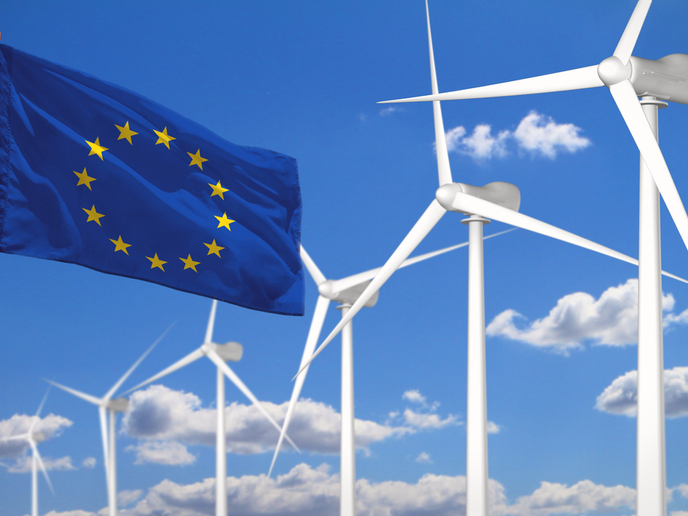Turning sound waves into a 'heat wave'
Thermoacoustic energy conversion is the process of producing sound from heat and the use sound to pump heat by exploiting a solid boundary. It can be used in a variety of applications that require heating, cooling or power in industrial and residential settings. It can be used in a variety of applications that require heating, cooling or power in industrial and residential settings. Although the principles are complex, the practical implementation is relatively simple. A thermoacoustic system typically consists of an engine and a heat pump enclosed in a resonator. The engine produces acoustic power from heat. The heat pump then uses that power to pump heat. No moving parts are required and environmentally friendly materials are used. The EU-funded 'Thermoacoustic technology for energy applications' (Thatea) project is evaluating thermoacoustic conversion processes to identify the most promising systems. Thatea is the first European initiative seeking to position the EU in a leadership role in this emerging technology. Investigators continued work on understanding the fundamental processes and, specifically, on heat transfer under oscillatory flow conditions. Experimental analyses led to the definition of design rules for thermoacoustic heat exchangers. Scientists also tested the concept of a mechanical resonator that employs a two mass-spring system to replace the acoustic one. Alignment of the cylinder in the piston was found to be a critical parameter and a topic for further study. Theoretical and experimental investigation of non-linear effects that degrade the performance of thermoacoustic systems (e.g. streaming) were carried out and this led to enhancements in a computational fluid dynamics (CFD) model of oscillatory flow. The work also highlighted the need for further research to adequately understand, describe and prevent such non-linear phenomena. Scientists developed two thermoacoustic engines (a high- and a low-temperature device) and two thermoacoustic heat pumping devices (a refrigerator and a heat pump). Both engines demonstrated target efficiencies. The heat pumps demonstrated much higher efficiencies than any previously measured thermoacoustic heat pump. Further work is required to improve efficiency. Given the flexibility of thermoacoustic systems and thus their wide application potential, significant cost reductions are expected due to large production volumes. Thatea is continuing to develop the technology required to place the EU in a leading position in this important emerging renewable energy market.







